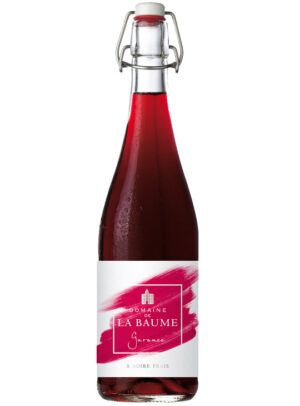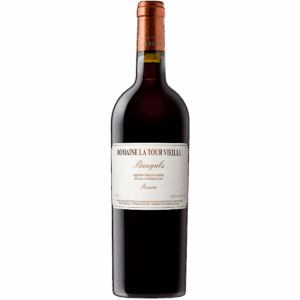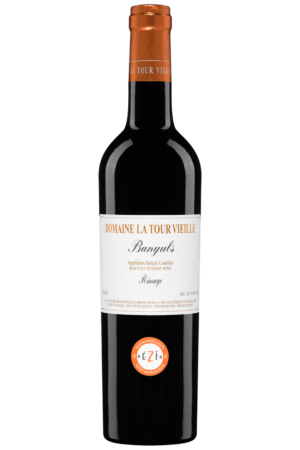MEMOIRE D`AUTOMNES
£17.99
16.5% | 500ml
In stock
Mémoire d’automnes is an oxidative wine. In Catalonia, dry rancio wine is as much an identity claim as a wine-making product. This wine is a real mark of the Heritage of Catalan gastronomy, culture and way of life. Some people are really “rancio lovers” because of its special taste and history.
The rugged terrain of the Côte Vermeille is schistous rock covered by a thick layer of soil In this Mediterranean climate, the vine must develop a powerful root system to extract the water and nutrients it needs. With a very low yield only (around 5000 stocks/hectare), the exposure to the sun and Tramontane, the grapes are healthy and concentrated.
- Bottle Size
- ABV
- Colour
- Country
- Grapes
- Region
- Producer
- Vintage
- Wine Style
THE REGION
The five best known appellations in the Languedoc include Languedoc AOC (formerly known as the Coteaux du Languedoc), Corbières AOC, Faugères, Minervois AOC, and Saint-Chinian AOCs. The vast majority of Languedoc wines are produced by wine cooperatives which number more than 500.[11] However, the appellation system in the region is undergoing considerable changes with both new appellations being created and existing ones changing. One recent change is that the Coteaux du Languedoc has changed name to Languedoc and been extended to include also the Roussillon.[12]
Within the larger Languedoc AOC appellations are several sub-districts, or Cru’s, with distinct wine styles of their own. Some of these sub-districts have pending AOC applications to become appellations in their own right and some have been granted sub-appellations to the umbrella appellation Languedoc AOC. These include the Quatourze, La Clape, Montpeyroux, St. Saturnin, Picpoul de Pinet, Terrasses du Larzac, and Pic St.-Loup.[13]
The boundary of the eastern Languedoc with the Southern Rhône Valley wine region was moved slightly in 2004, with the result that Costières de Nîmes AOC is now a Rhône appellation rather than a Languedoc one. In that year, INAO moved the responsibility for oversight of this appellation’s wine to the regional committee of the Rhône valley.[14] Local producers of Côtes du Rhône-styled wines made from Syrah and Grenache lobbied for this change since the local winemaking traditions did not coincide with administrative borders, and presumably due to the greater prestige of Rhône wines in the marketplace. Such changes of borders between wine regions are very rare, so out of habit, Costières de Nîmes remains listed as a Languedoc wine in many publications.
Grapes
ABOUT THE PRODUCER
The estate was founded in 1982 in Collioure by Vincent Cantié to take care of the family patrimony and to protect the steep vineyard of the Cru Collioure & Banyuls from tourism economy expansion. A few years later, Christine Campadieu joined him, bringing her own family vineyard from Banyuls.






